In A Time Of Pool Closures, Munich’s Müllersches Volksbad Is A Jewel In The Crown Of Beautiful Baths Saved For Swimmers For Over 100 Years
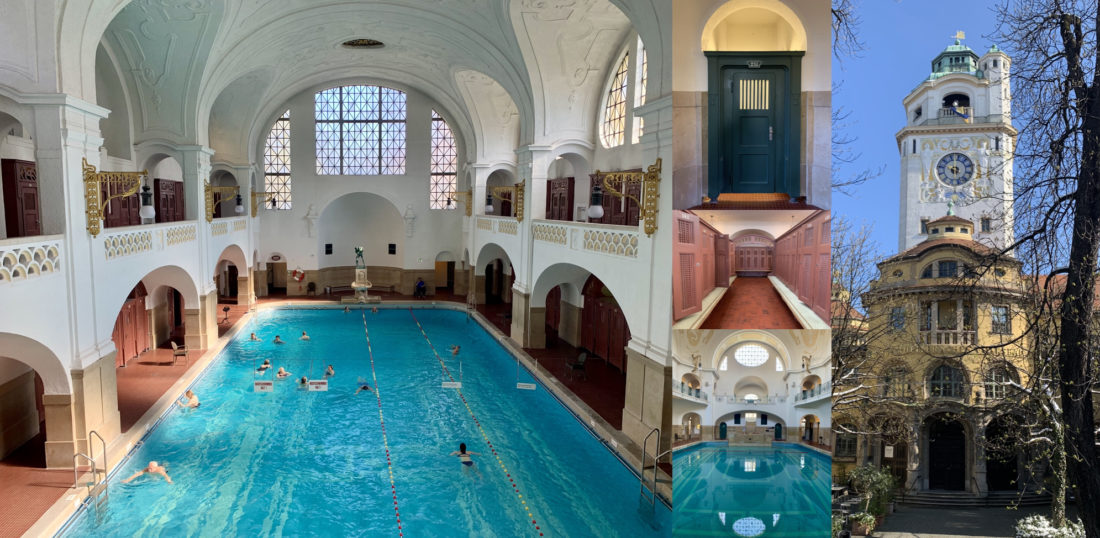
On a visit to Munich last weekend to soak up the mood music of Ludovico Einaudi, his latest work composed in a pandemic and called “Underwater“, my wife and I made a detour to the Müllersches Volksbad on Rosenheimer Straße on the banks of the River Isar.
It was built over four years and opened in 1901 and today its a living museum, a going multi-use concern operated by Stadtwerke München (SWM); a place where the swimmer does not just get to reminisce but swim and wallow in the wonders of a bygone age here with us yet.
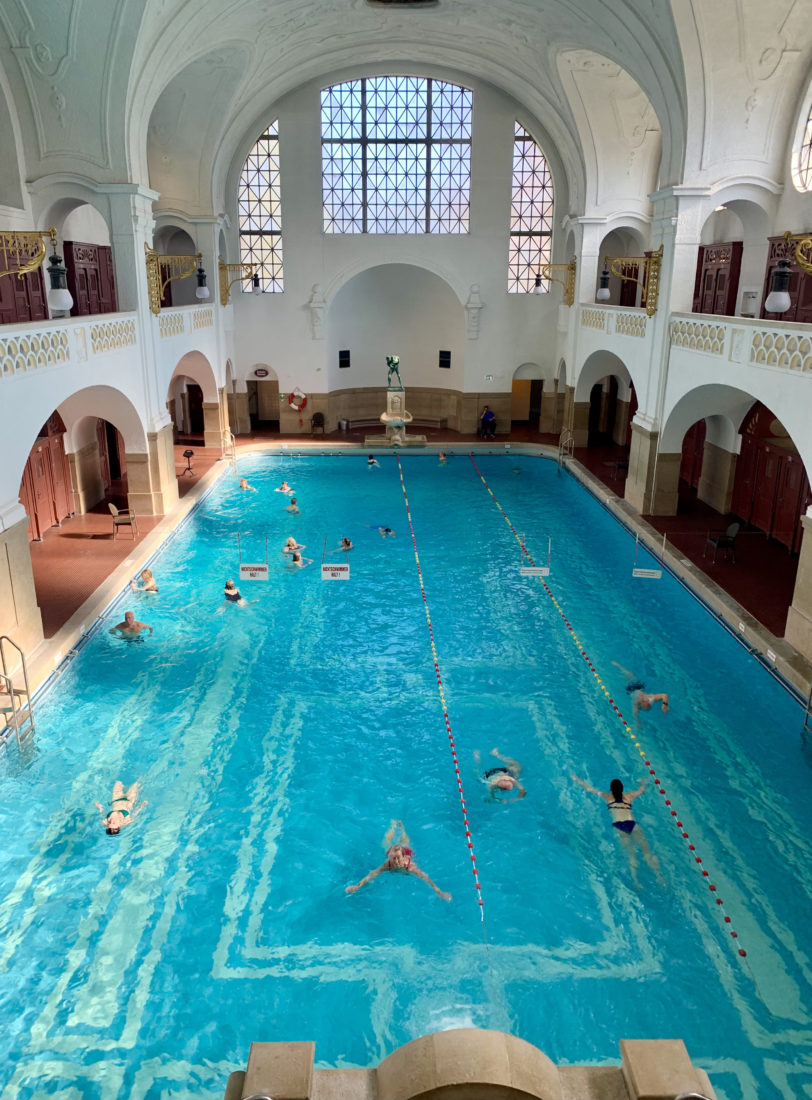
My thanks to Bademeister Patrick for giving two swimmers and sports journalists with a little time to spare and no bathers with us a quick tour of a magnificent place that whispers from the water of the tender loving care its guardians lavish on it.
The Volksbad joins my list of amazing pools, the reasons for loving them swimming a wide spectrum that takes in the sweep of the Olympic pool in Rome and the Bon Accord Baths in Aberdeen. My dad, coach, baths manager and lifeguard in his life, would have loved the Volksbad and recognised and appreciated many of its finer features and functions.
At a time when so many pools old and new are being closed down under financial pressures but also the decisions of politicians failing to deliver on promises at every passing election that “every child should learn to swim”, not just for health but a life skill that is also a skill that saves lives, the Müllersches Volksbad, listed and ringed-fenced from being left to ruin after a campaign to save it from cuts some while back, is a glorious gem from a bygone age that remains a functioning business, facility and service for people from 7.30am until 10pm daily.
The most extensive renovations to the baths took place between 1972 and 1999. The Stadtwerke München noted at the time the world was completed: “In loving and elaborate detailed work, almost every detail has been preserved true to the original.”
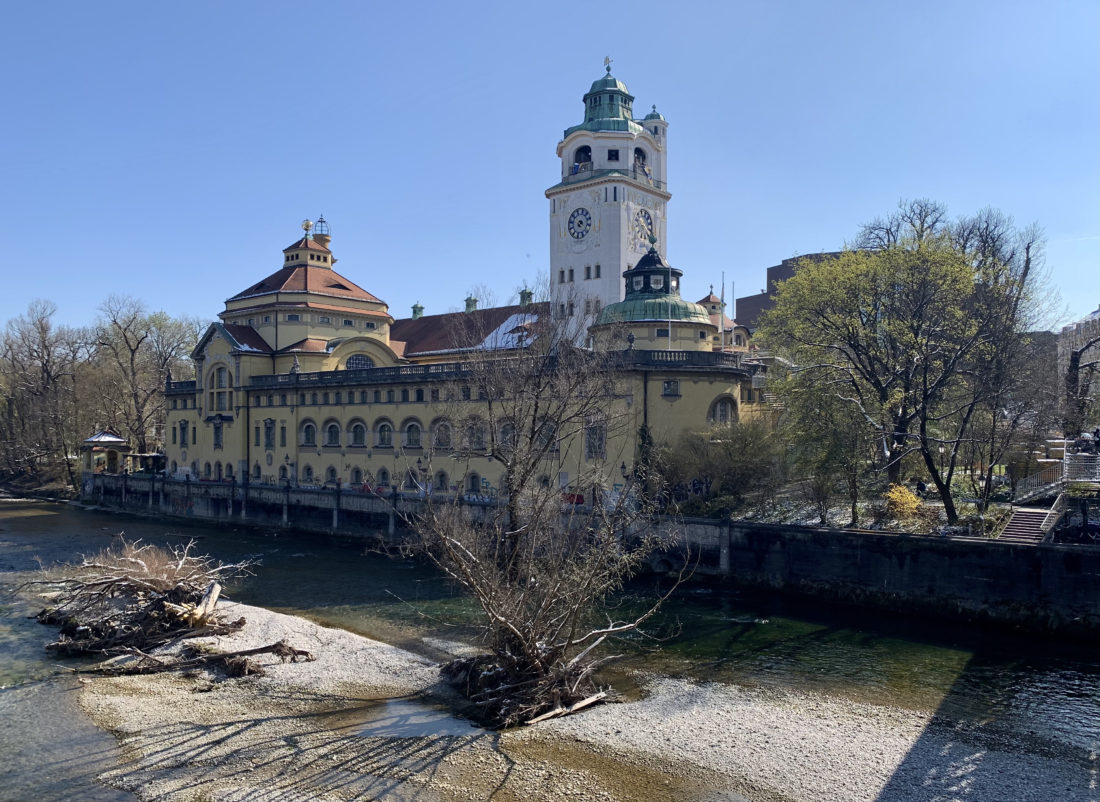
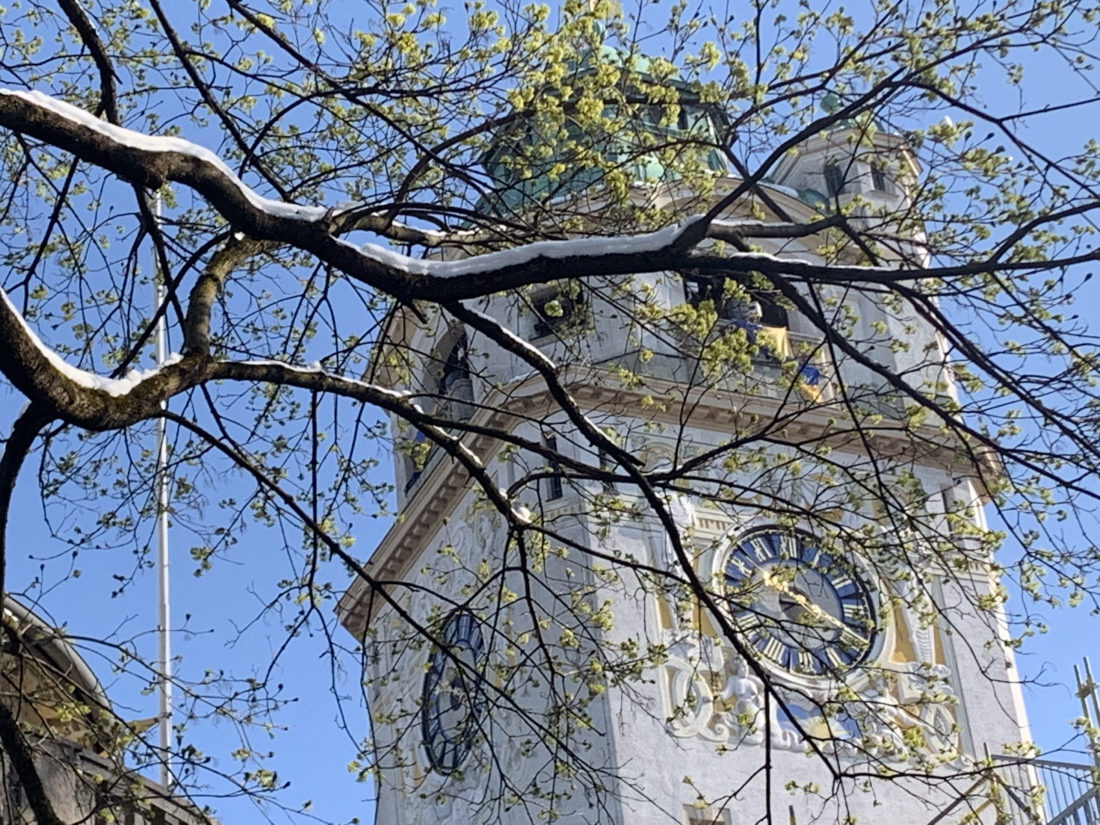
When it was completed in 1901, the neo-baroque Art Nouveau building, including a square clock tower from which the Ukraine flag flew on all sides on the day we visited, in solidarity with a sovereign nation under Russian attack, was the largest and most expensive swimming pool in the world and the Bavarian capital’s first public indoor pool. The clock tower houses a water tank which feeds the pools.
The start of construction was funded by a donation by the Munich engineer Karl Müller to the city of Munich, combined with the requirement to build a bath for the “poor people”.
On the day of our visit, snow lined the rooftops, the branches of trees and the sound of the city was one of meltwater trickling towards the Isar under a blue sky.
The Volksbad was designed by architect Carl Hocheder, its architecture and interior design-making it one of the most beautiful bathhouses in the world in its day and to this day.
Cabins line the poolside, the wooden lockers are numbered, each a work of art in itself, hand rails run along the pool walls, the Romanesque-meet-Celt style, its saunas, steam rooms, statues and more making the Volksbad well worth a visit on a visit to Munich for anyone who loves swimming. The original Roman-Irish steam bath, with its open-air courtyard, are still there, working facilities used by patrons on a regular basis.
Until 1978, there was even a dog bath (see gallery) in the basement alongside the 86 bathtubs and 22 shower ‘baths’ or basins that were largely shut down when bathrooms became common in private homes in the 20th century. An original bathtub has been kept for demonstration, while a new bathtubs and shower room was installed on a more modest scale to the original facility in the basement.
At the foot end of the old, original bathtub, used for cleansing down the years, the prints of feet that rested there for a while in spa ‘mud’ and minerals can still be seen on the old but shiny white tiles. Although the pink carbolic soap of the time the pools were built was nowhere to be seen, memory of old baths elsewhere in the world brought back the smell of suds long washed away.
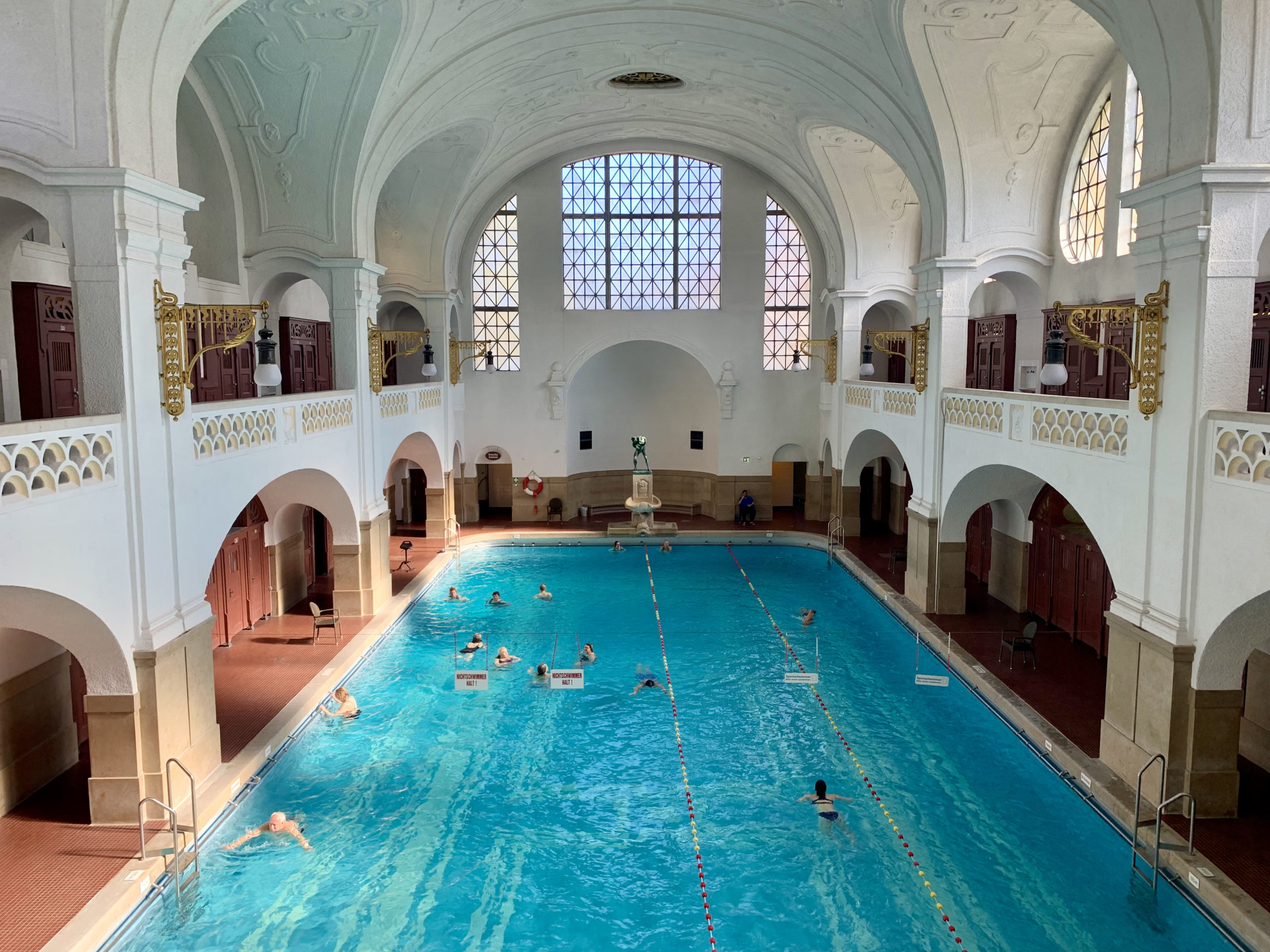
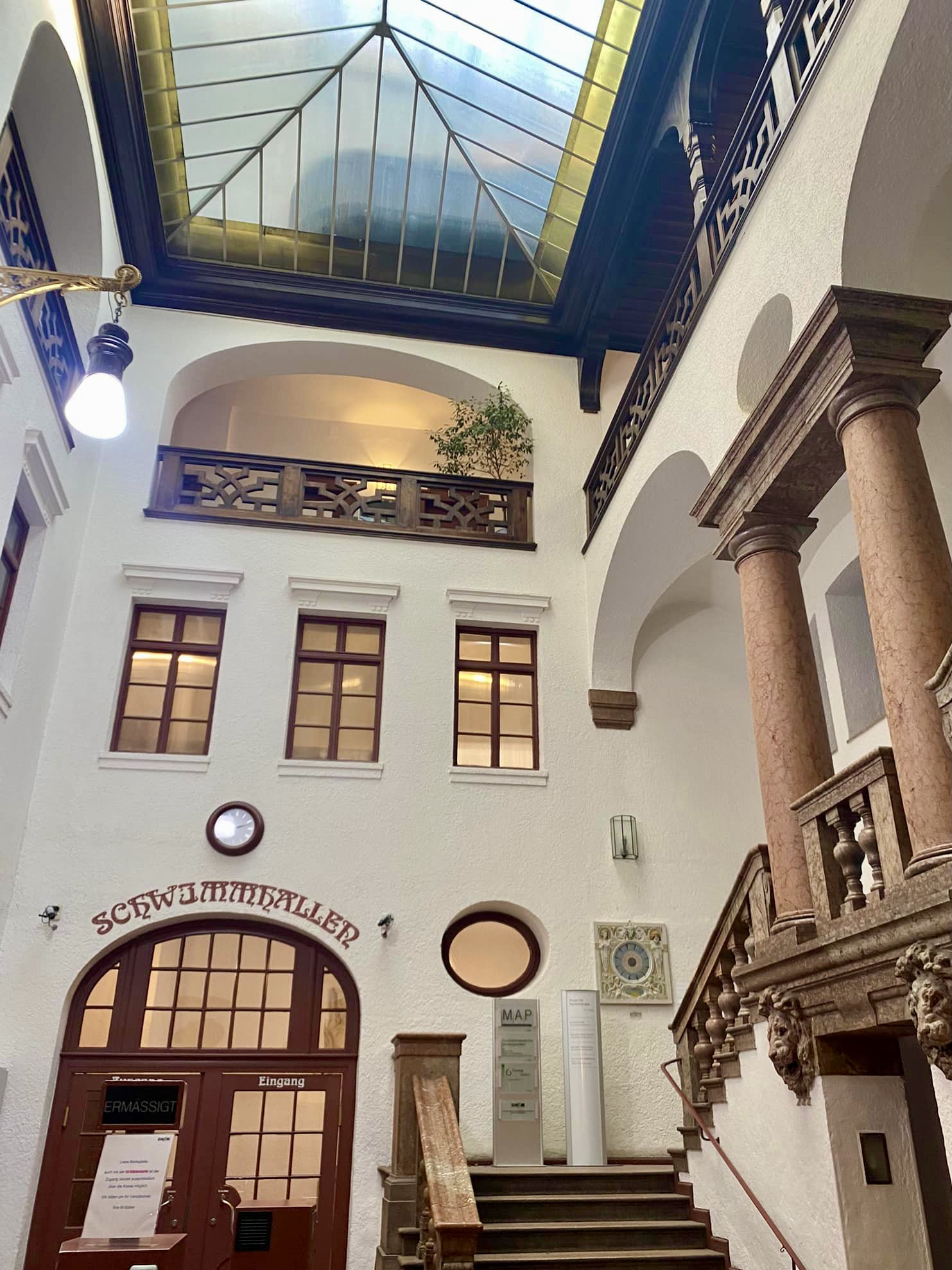
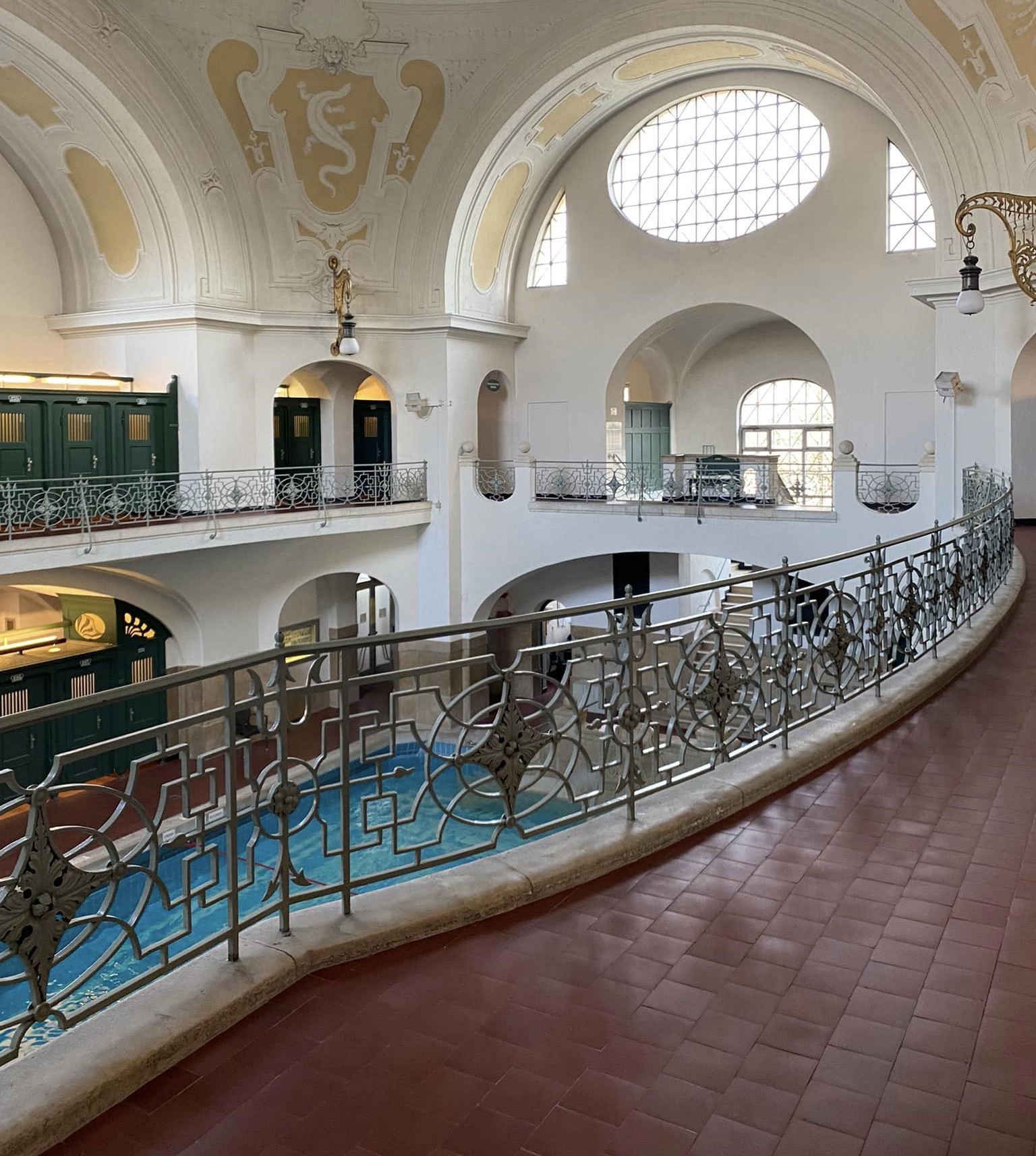
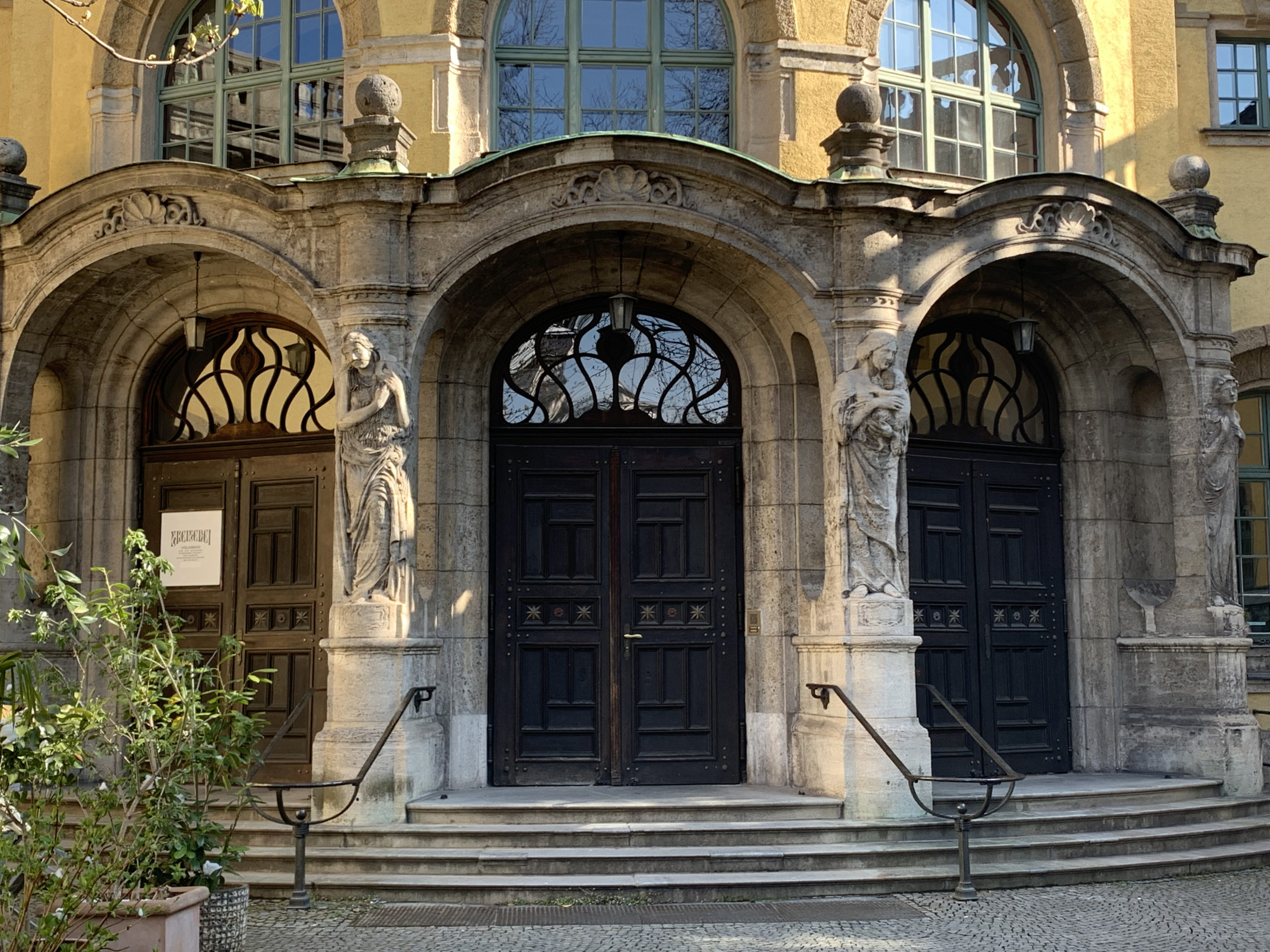
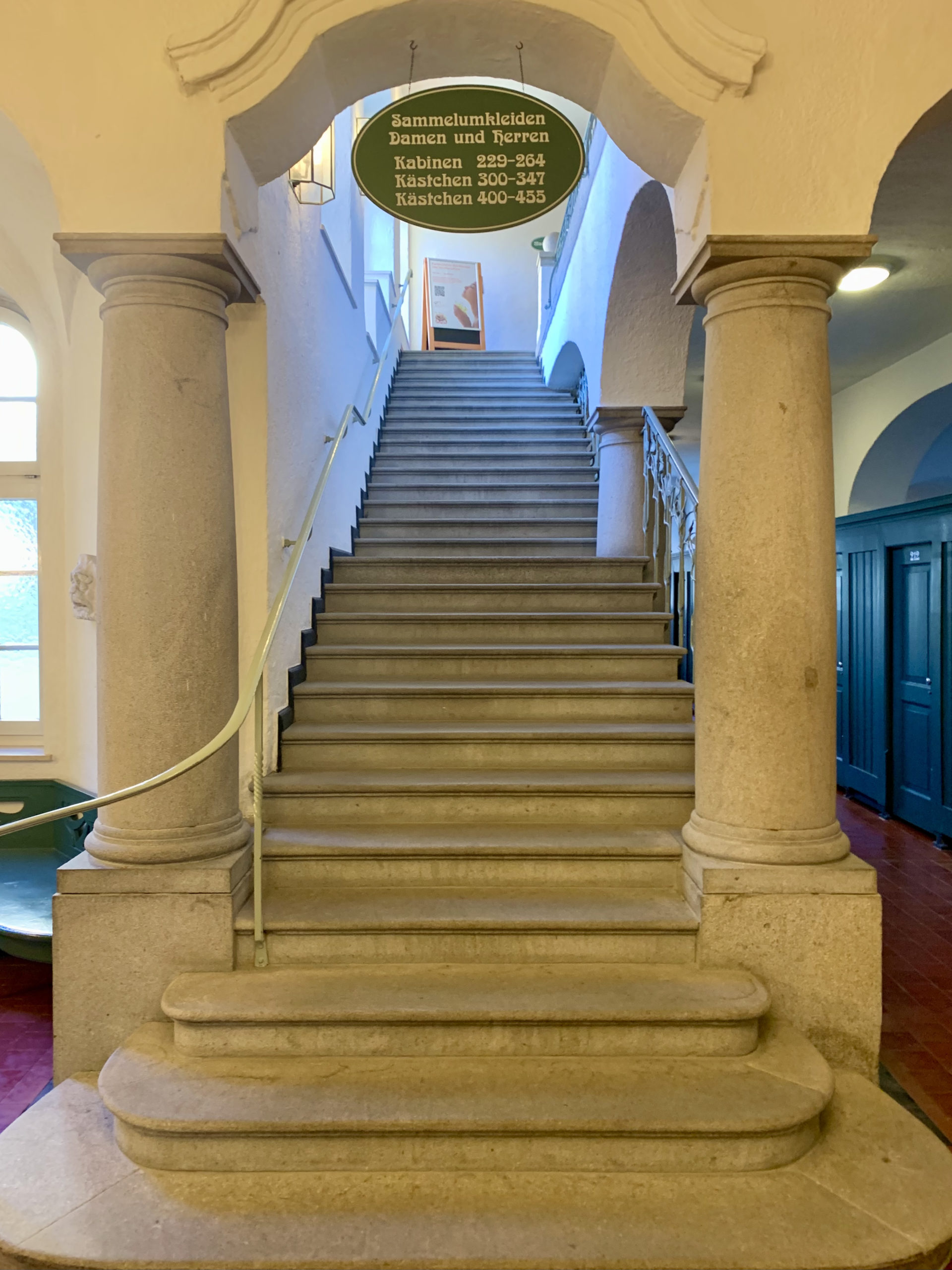
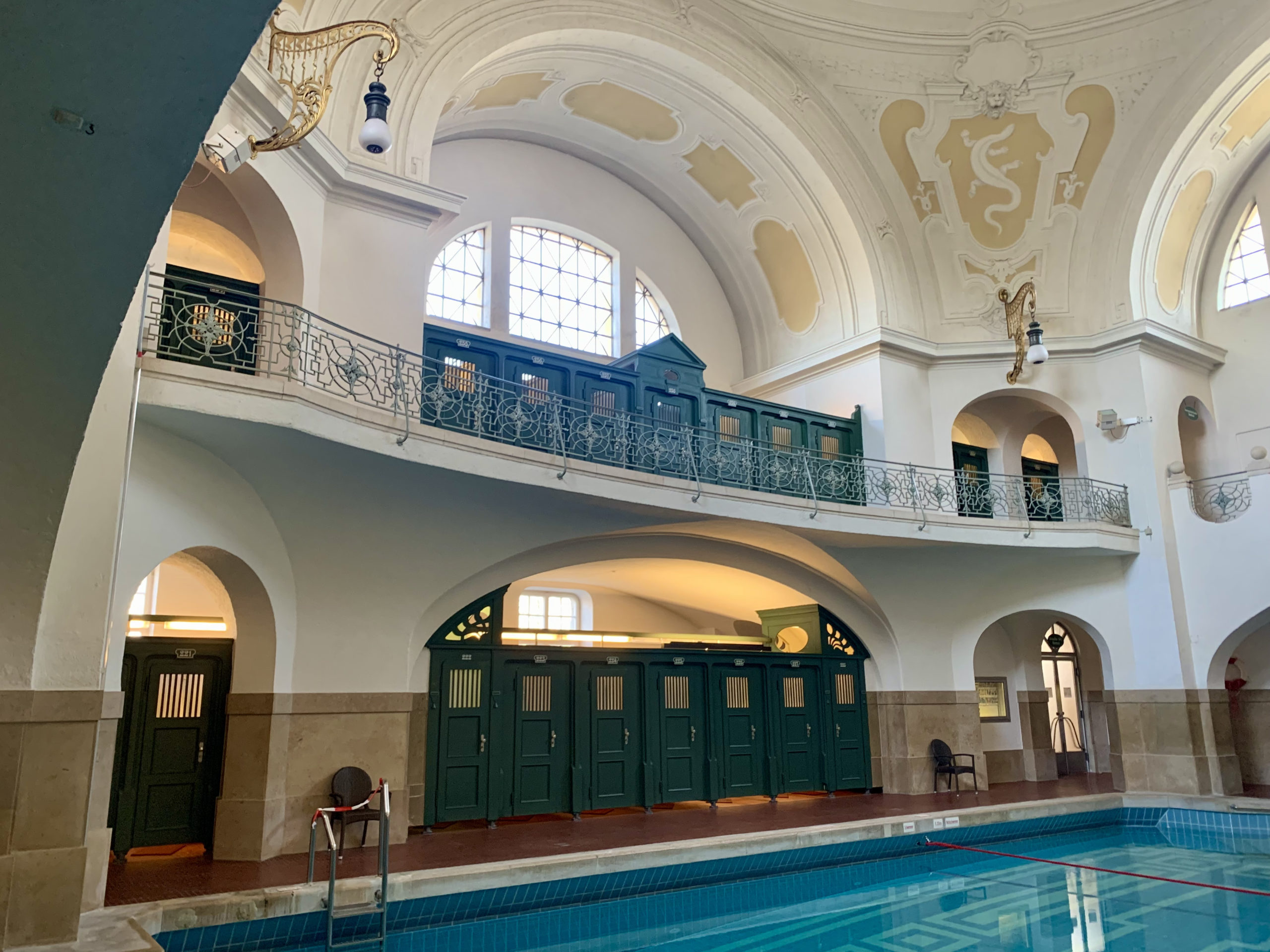
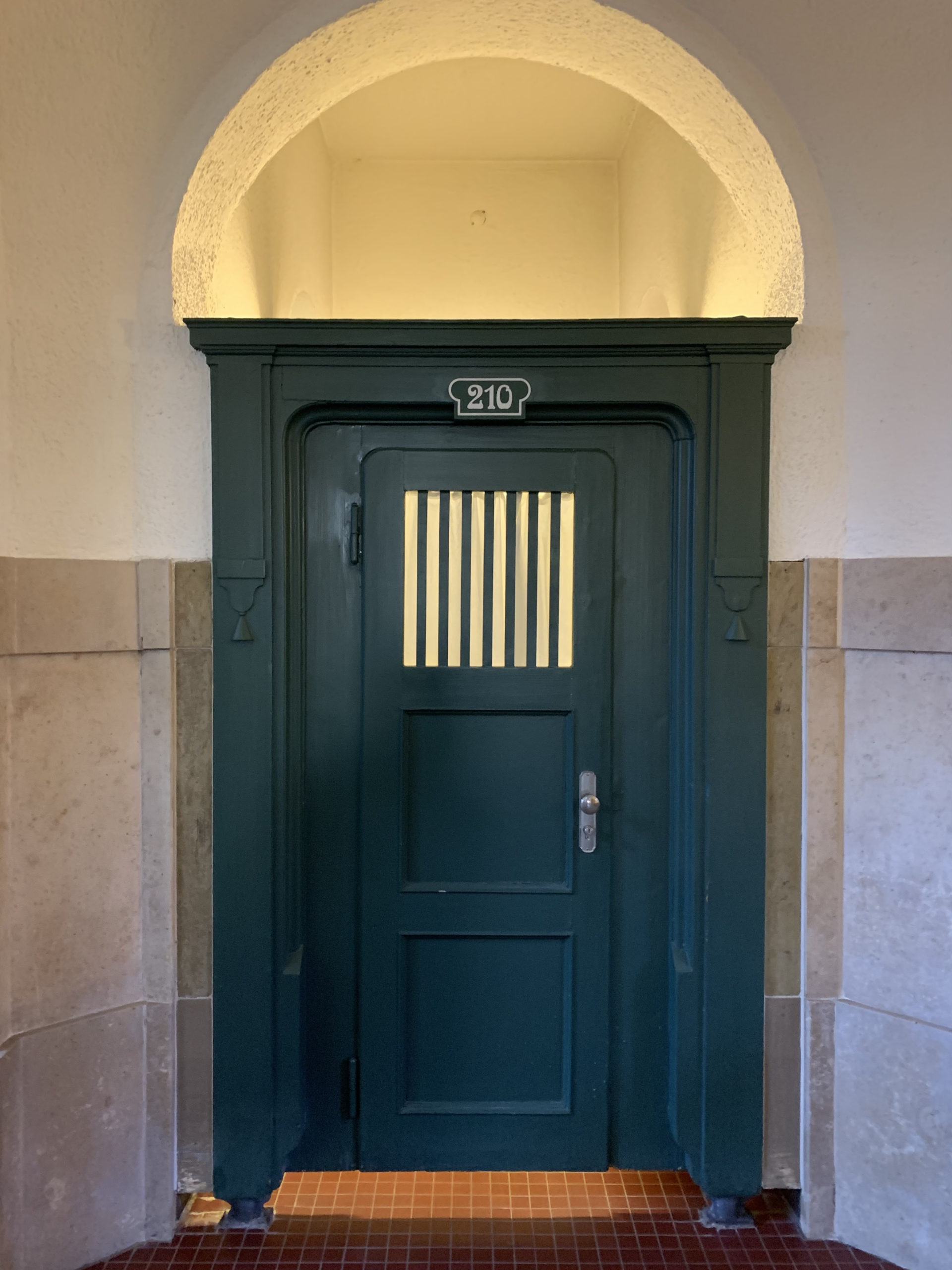
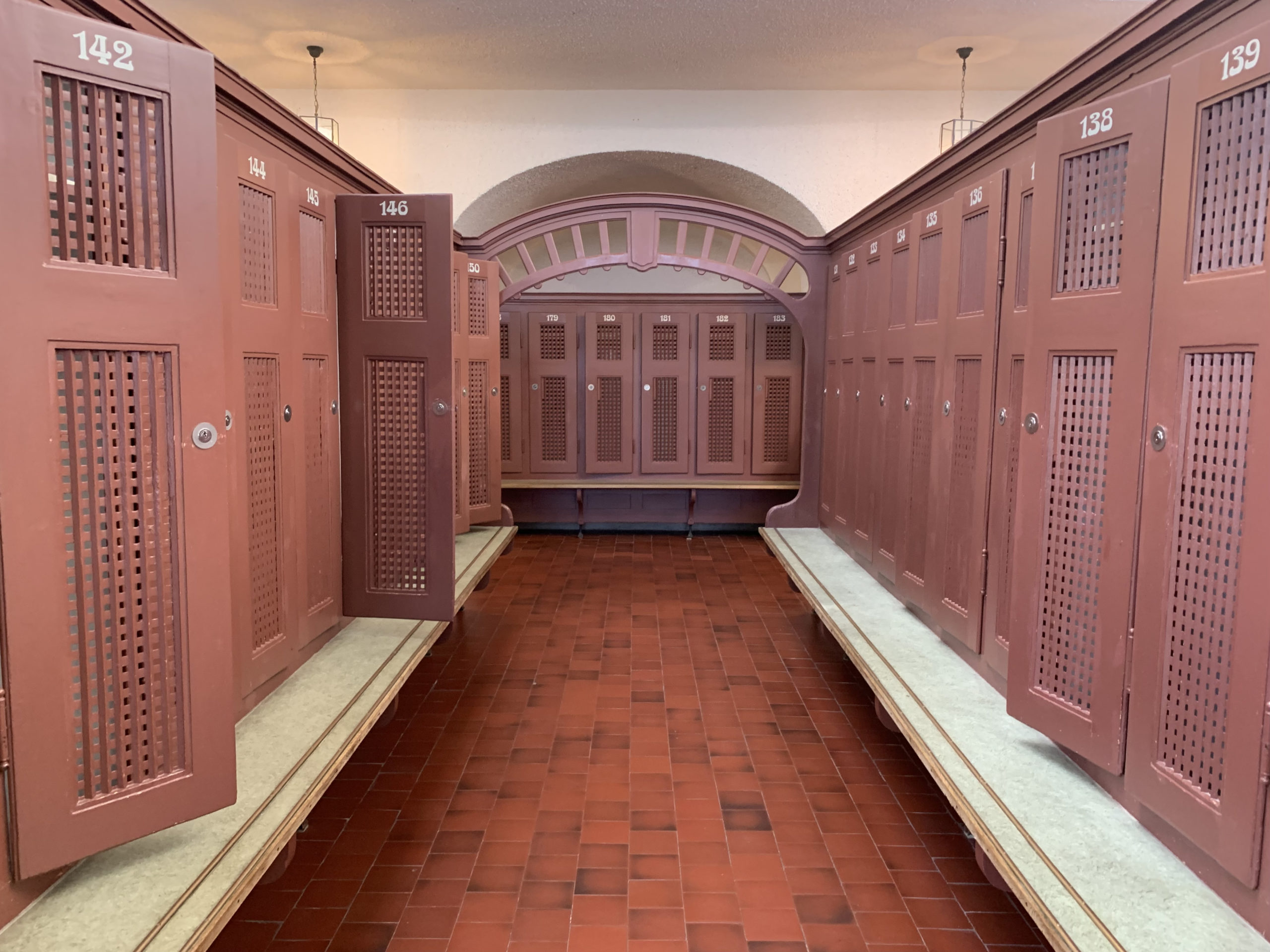
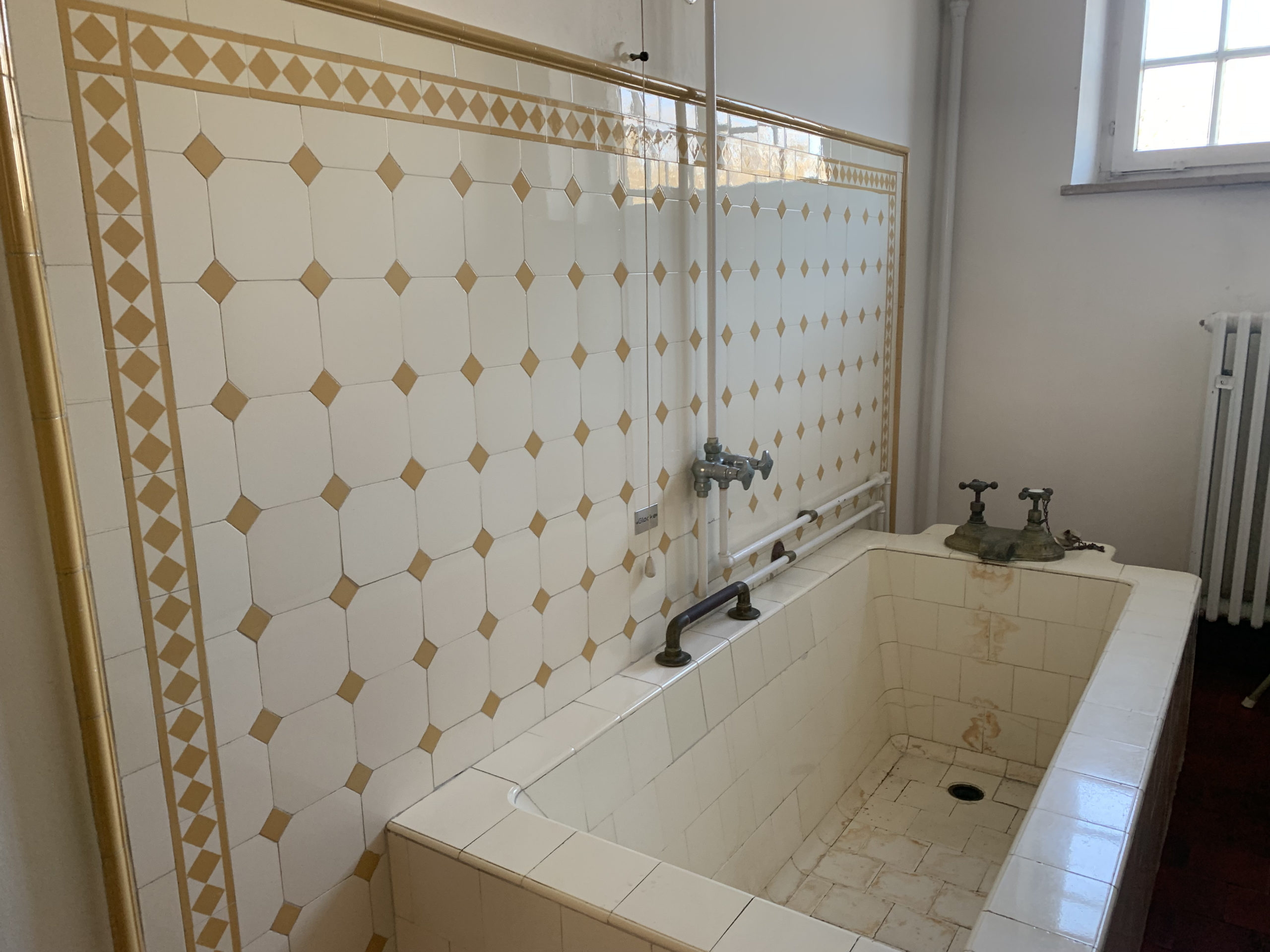
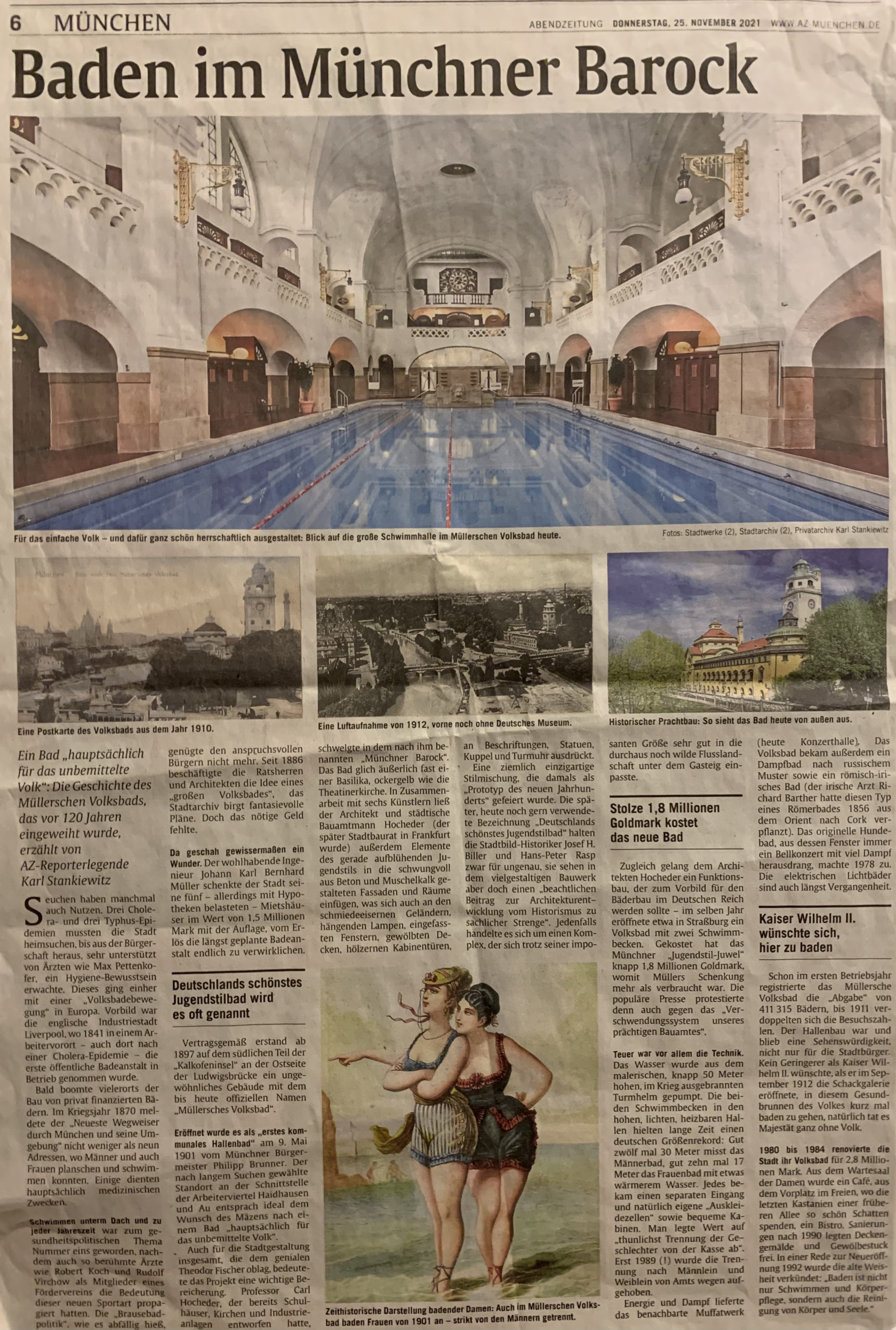
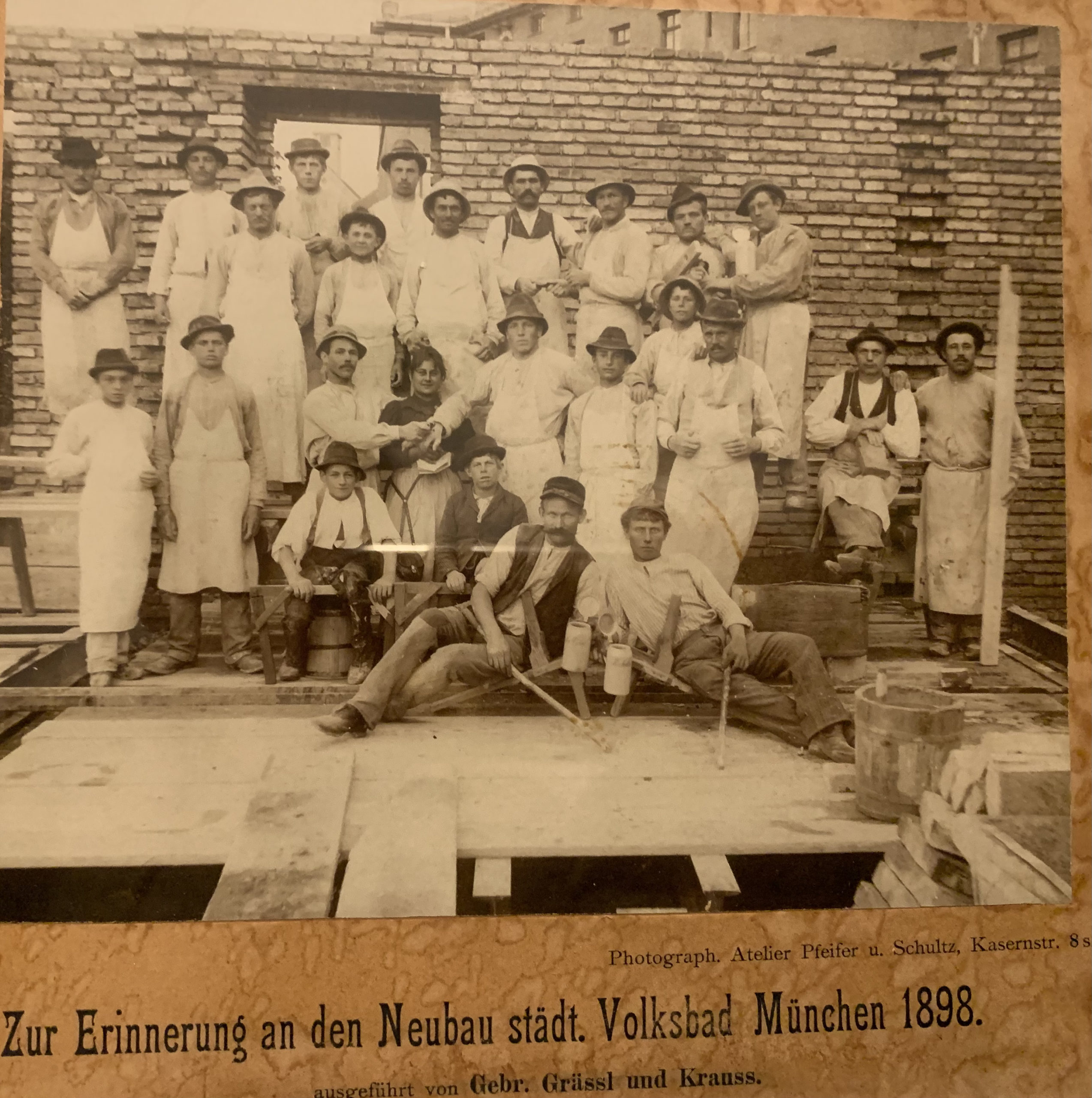

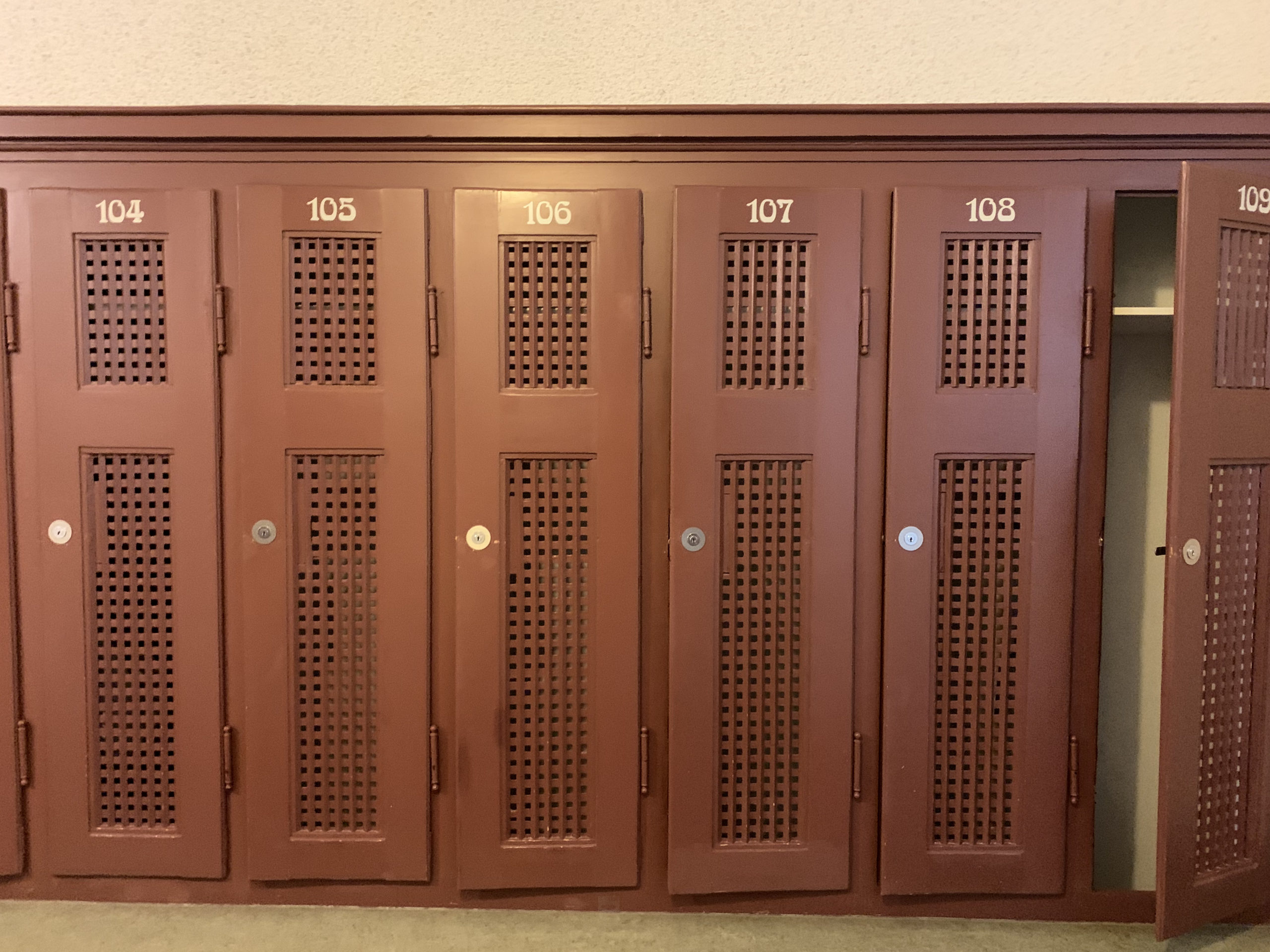
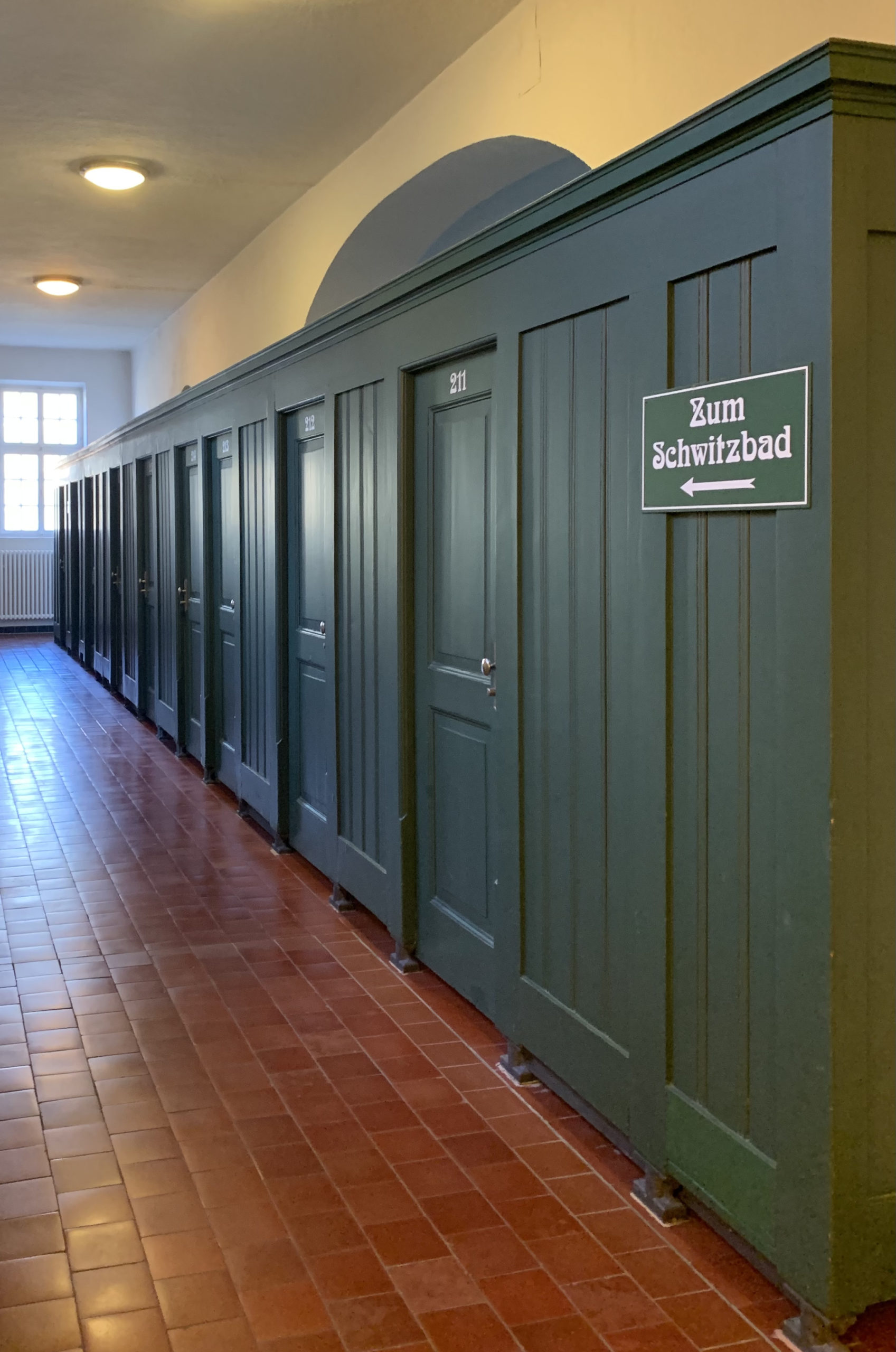
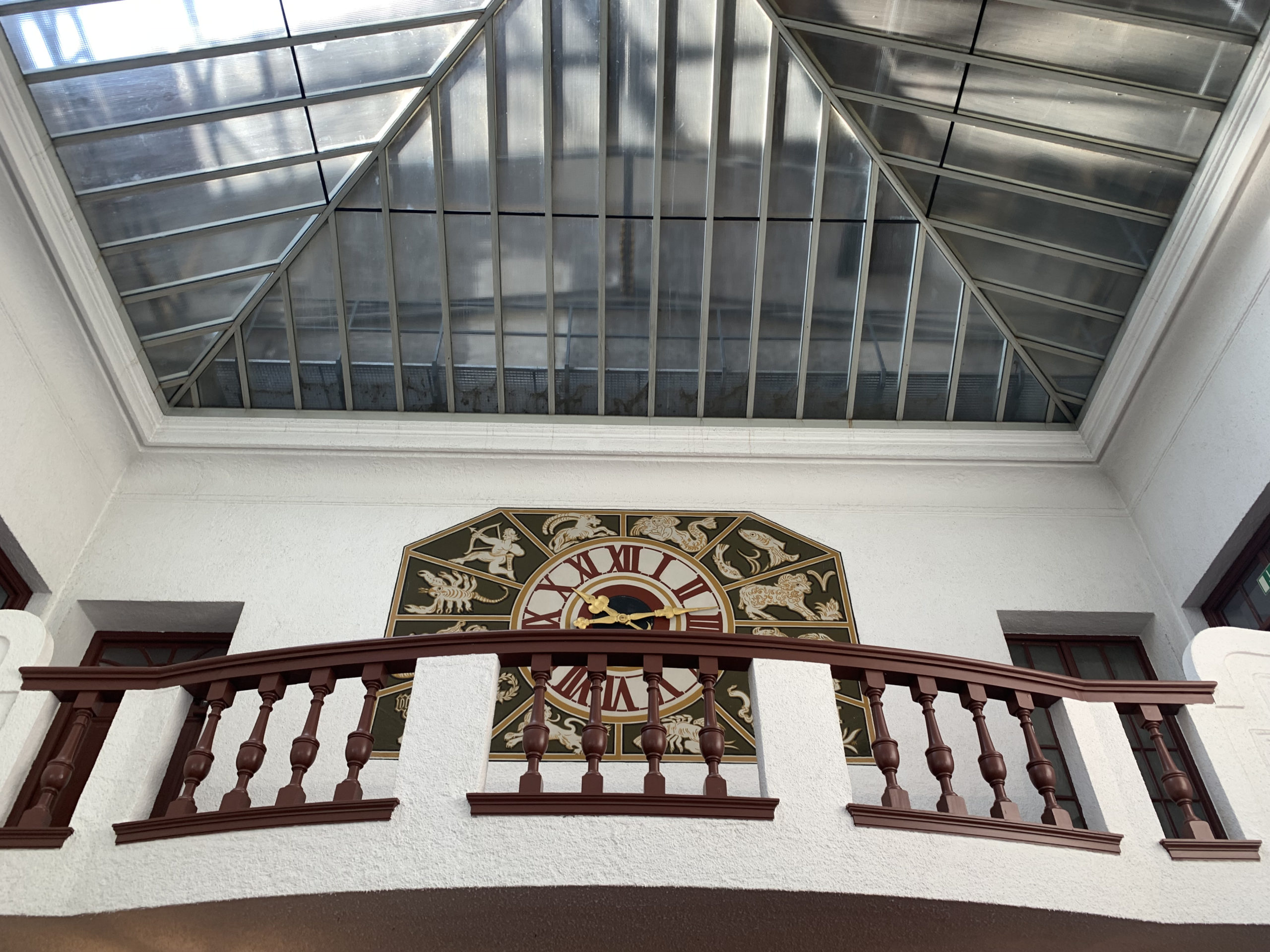
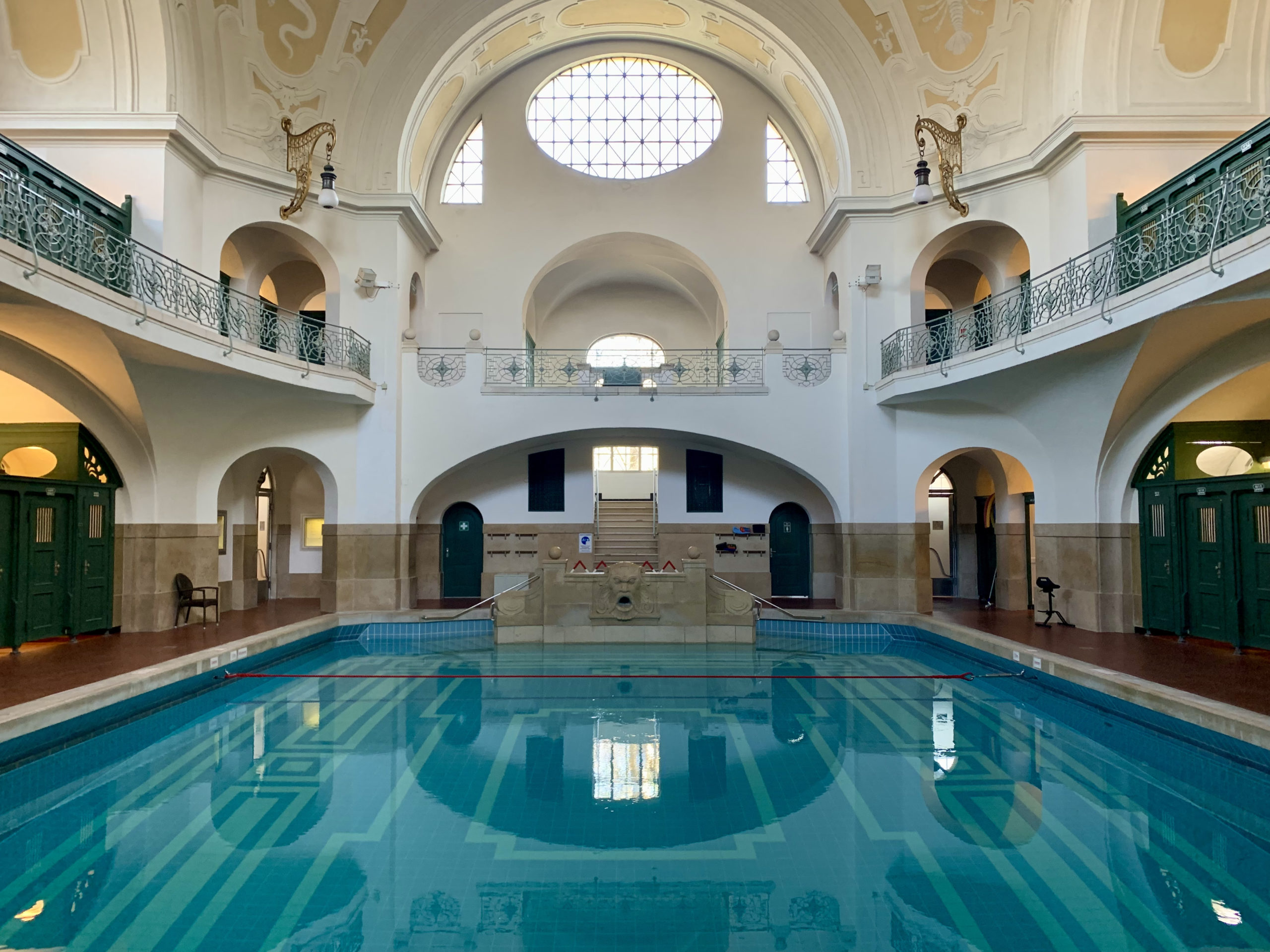
They filmed the swim scenes here for Deep End, a 1970 British–West German film directed by Jerzy Skolimowski and starring Jane Asher and John Moulder Brown. Set in London, the film focuses on the relationship between two young colleagues at a suburban bath house and swimming pool. The score was written by Cat Stevens, Yusuf Islam since 1977.
The larger pool (31m × 12m – don’t ask!) was originally the “men’s pool”. The smaller pool (18m × 11m) was used exclusively as a “ladies’ pool” until 1989. There is still a women’s bathing day (Tuesdays from 3 p.m. to 8 p.m.) in the women’s hall. The large pool is crowned by an impressive barrel vault.
At the time it cost 1.8 million Goldmark (equivalent to roughly 14 million euros today) and Kaiser Wilhelm II declared it so fine that he wished to bathe there himself one day (I don’t know if he ever did: he was a bit busy building empires only to see them contribute to the causes of the Great War and the tragedies that spilled from his role as the last German Emperor).
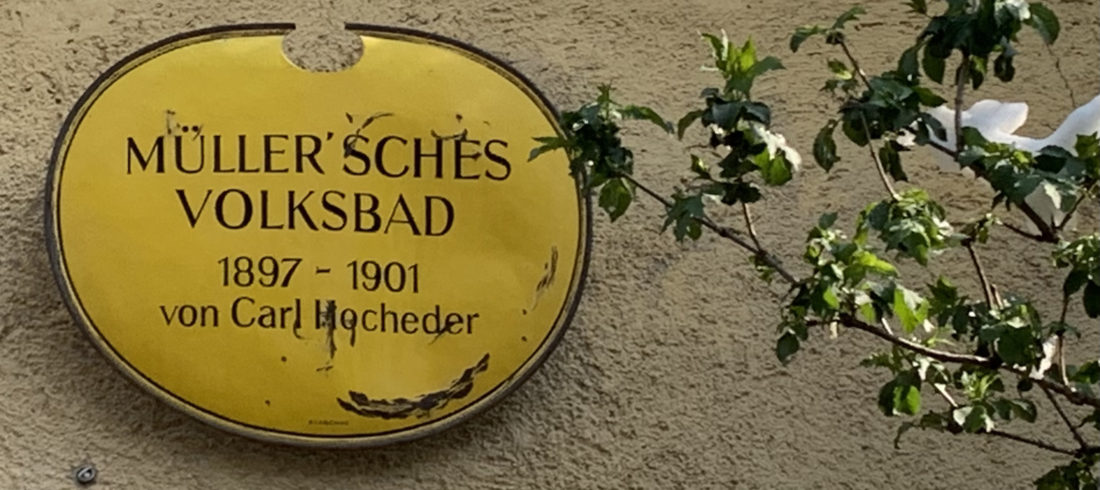
Architect Carl Hocheder was inspired by Roman thermal baths as well as baroque sacred buildings, hammams and mosques, and brought this inspirations together with contemporary Art Nouveau elements. The rich baroque decoration of the inside of the building includes wide staircases (many well lit by natural light) leading down into the pools, murals with marine motifs, stucco work, a bronze statue in the main pool, ornate iron railings and wooden parapets, as well as intricately designed clocks. After four years of building works, the baths were officially opened on May 1, 1901, Karl von Müller present as a man and engineer newly knighted.
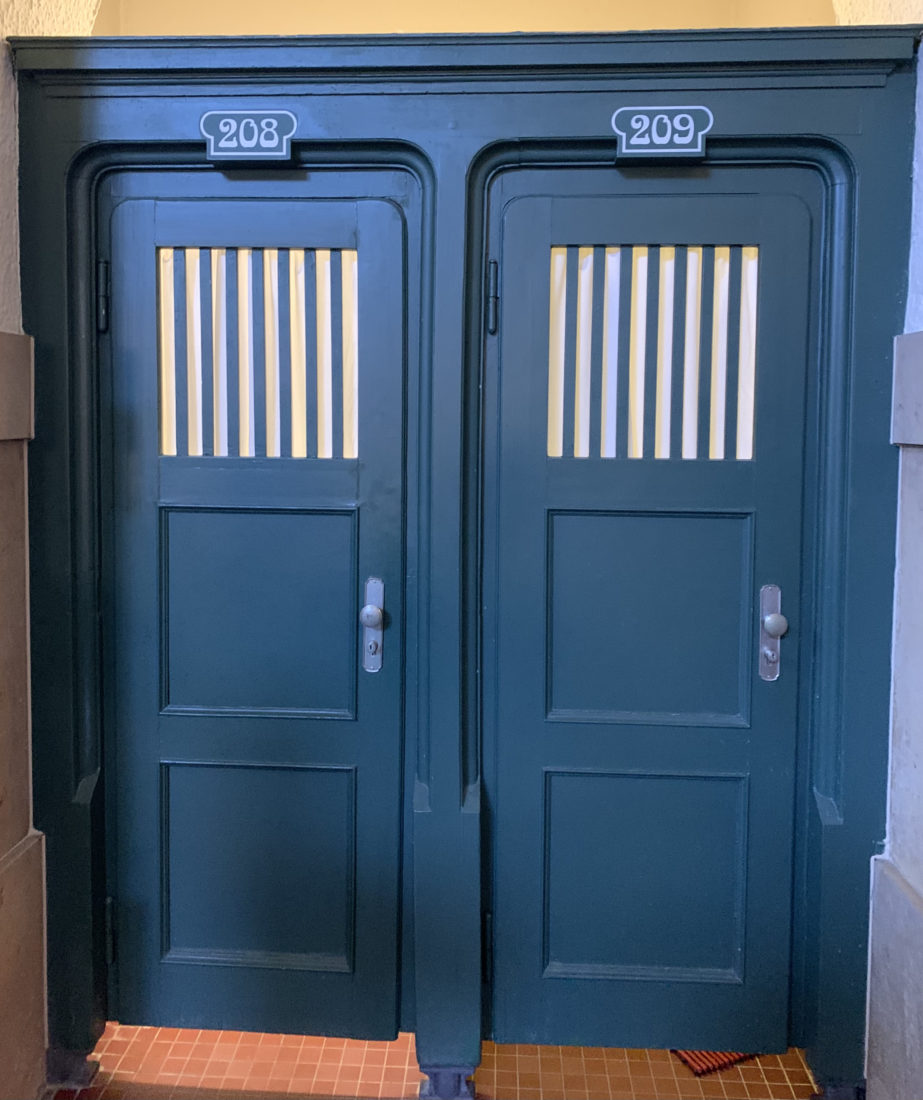
Of course, it takes money, constant and long-term commitment, vision and the support of citizens and the politicians they elect to keep pools far less grand and glorious than the Volksbad in Munich from falling into ruin, from being allowed to decline enough for local authorities, as many have at a time of emergence from pandemic lockdowns, to declare pools ‘too costly and unsustainable’, even where there is evidence that that is not the case.
Closures are happening all over Europe (and probably well beyond). In Saxony of late, a school was told that swimming would no longer be a part of the curriculum because the local pool attached to a hotel was to be closed and there was no other provision available.
In Britain, this canvas painted by Swim England with a warning that almost 2,000 pools could be lost forever by end of decade, one that communities in many nations will recognise.
SOS will return to that theme as the year gets longer.
Related:
- Swimming In A Pandemic: Chlorine Kills Corona, So Why Were Swimmers Frozen Out By The Bug?
- How Swimming Canada Coped On The Slopes Of Coronavirus: Performance Boss John Atkinson On Lessons For A Sport Frozen Out By Covid
